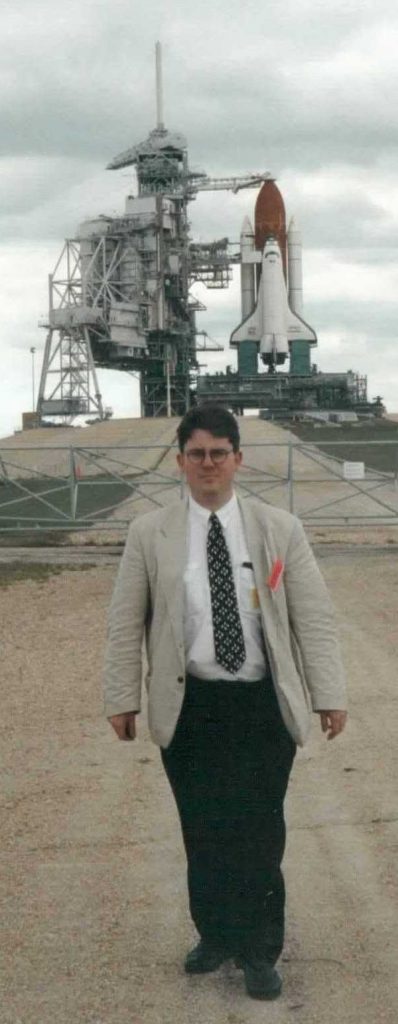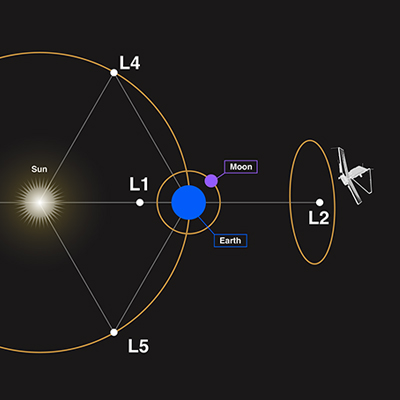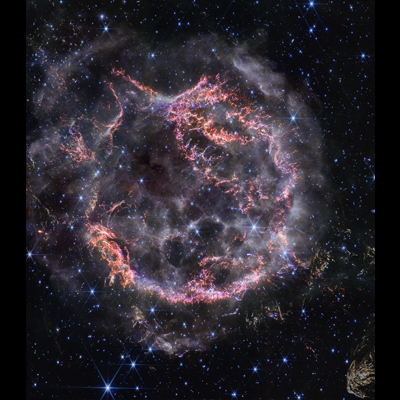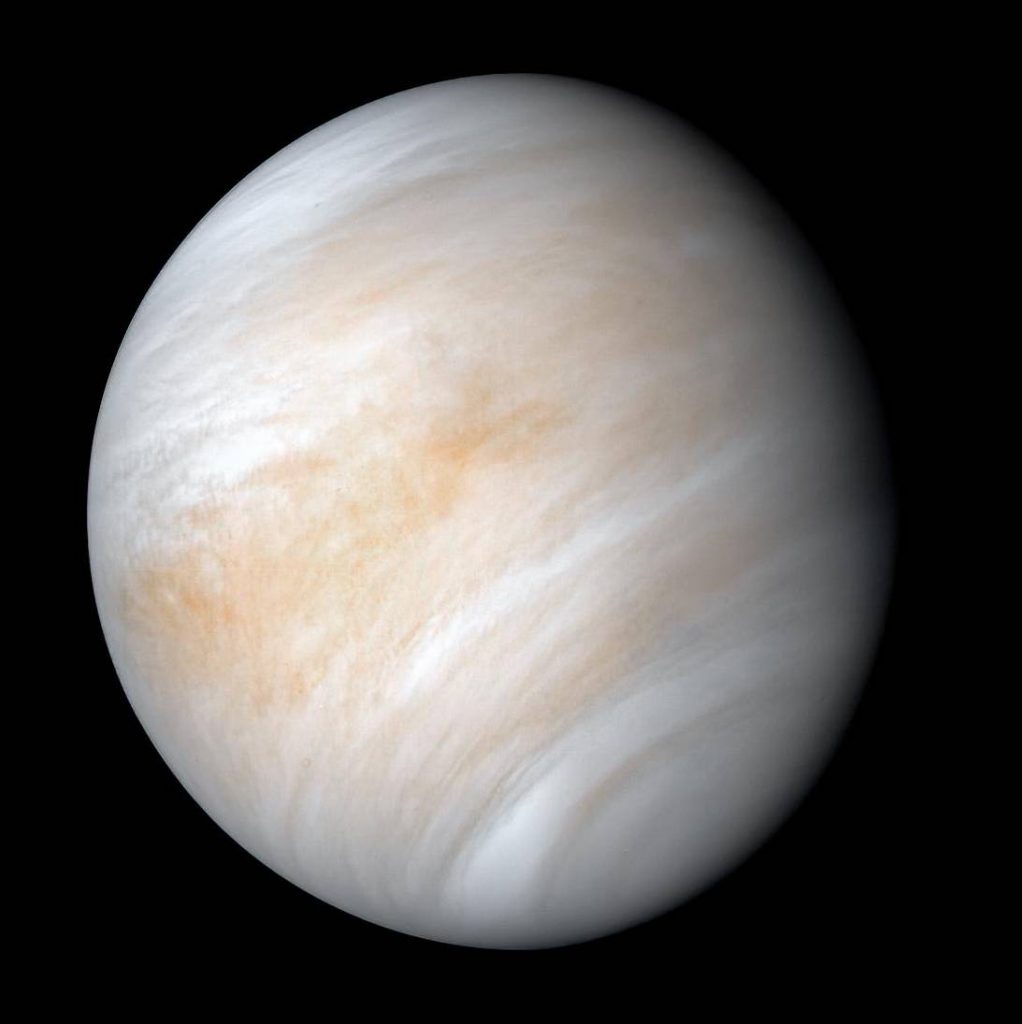

The warm room is in dire need of repair after 10 years of excellent service. The walls will be replaced one by one. Here’s the first one now looking pristine. Many thanks to our construction wizard Chris.



The warm room is in dire need of repair after 10 years of excellent service. The walls will be replaced one by one. Here’s the first one now looking pristine. Many thanks to our construction wizard Chris.

Astronomy in Flatland
We will be welcoming Dr Colin Steele, from the Manchester University school of Mathematics who last spoke to us in 2017.
This time Colin’s talk is inspired by the satirical novella ‘Flatland’ by Edwin Abbott, published in 1885.
Colin will consider what astronomy would be like in a 2-dimensional universe. One significant feature would be that gravity, rather than following an inverse-square law, would simply be inversely proportional to distance. The shapes of orbits would be different as a result.

Solar Flares: The Most Powerful Explosions in the Solar System.
Our speaker is Philippa Browning, Professor of Astrophysics in the Jodrell Bank Centre for Astrophysics at the University of Manchester.
Solar flares are dramatic explosions in the outer atmosphere of the Sun – the solar corona. They produce electromagnetic radiation and beams of high-energy charged particles, which can have serious detrimental effects on space instrumentation and on power systems and communication on Earth
From Black to White… where a second can last an eternity.

Mark Holmes will bring us the story of Black and White Holes, possibly the greatest of mysteries in our Universe

22nd November 1943 – 13th April 2024
It is with great sadness that we report the death of Ian Morison – a very good friend and supporter of HLCO, being a regular attendee and, just as importantly, a regular presenter.
Some members of HLCO were lucky enough to get to know him, and regarded him as a friend. He will be very much missed.
Our speaker will be Nicholas Booth and his topic is “Adventures In the Space Trade”.

Nicholas Booth is the youngest Briton to have ever worked for NASA’s Jet Propulsion Laboratory. After studying science at college, he became a writer, first on Astronomy Now, then newspapers. He has written several books on science and eventually became a technology editor on The Times.
His most recent book is ‘The Search For Life On Mars’, co-written with Dr Elizabeth Howell – one of the few people who has lived on a simulated Mars base.
Nicholas will talk about some of the people he met including Nobel laureates and famous names. He will also discuss many of the unsung heroes of the space age. He will tell us what it was like to report on space missions and what can be done to keep the promise of space alive.
John Anderson will give a talk entitled “The James Webb Space telescope – the what, where and how”. He will be looking at the early life of the James Webb Telescope from its design and launch to how it deployed autonomously to the L2 position.
L2 is one of five Sun-Earth Lagrange points, positions in space where the gravitational pull of the Sun and Earth combine such that small objects in that region have the same orbital period (length of year) as Earth. This makes it possible for Webb to remain in constant communication with Earth.

Dr. Steve Barrett of the Department of Physics at the University of Liverpool will be making a welcome return to give us an update on the James Webb Space Telescope after its second year of operation. His talk is simply entitled “JWST+2”.

If you’ve seen some of the images coming back from the JWST you’ll know this should be a fascinating topic.
The image to the left is Cassiopeia A taken using the Near Infrared Camera (NIRCam) Instrument.
Image courtesy of NASA and STScI
There will be two parts to our festive meeting.
First up will be Mark Holmes to present the second part of his talk entitled “Venus, from Antiquity, Myth to Hell”, which he started in our November session. Having preciously introduced us to Venus; running from antiquity to modern space probes and even the possibility of life in the Venusian atmosphere, he now moves on to describe how we might begin making observations of this fascinating planet.
That will be followed, after a special tea break, by Colin’s ever-popular Christmas quiz… and you don’t want to miss that!

Mark Holmes will present his talk entitled “Venus, from Antiquity, Myth to Hell”, which he recently delivered to COSMOS (Community Observatory St Martins on Scilly).
Mark says “This will be a broad sweep of history and myth all the way through to modern probes and our understanding of our ‘Sister Planet’“.